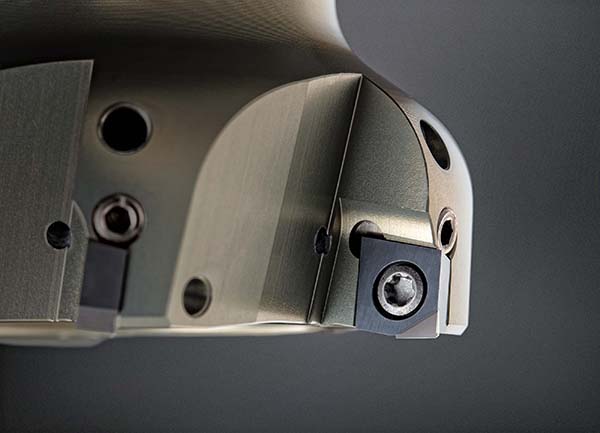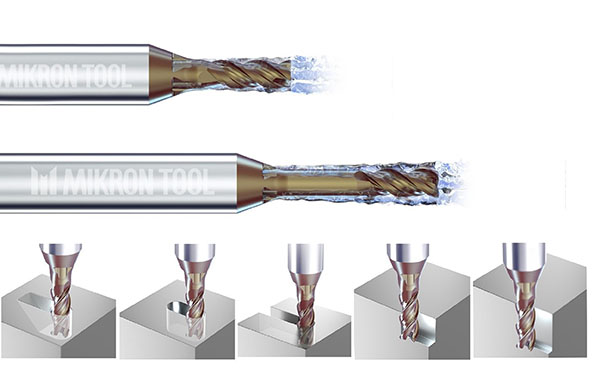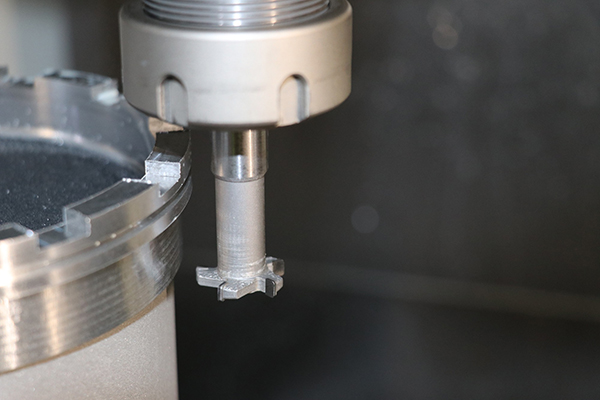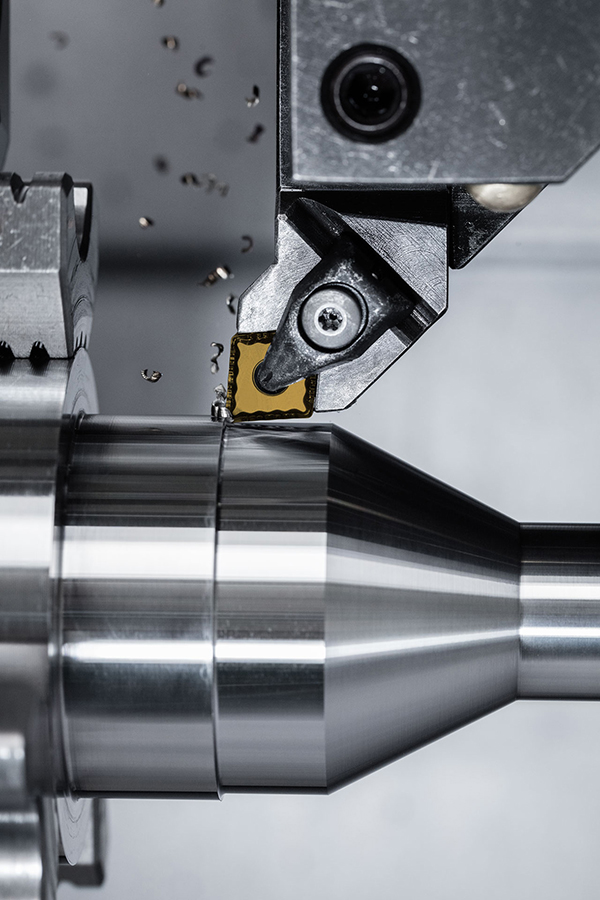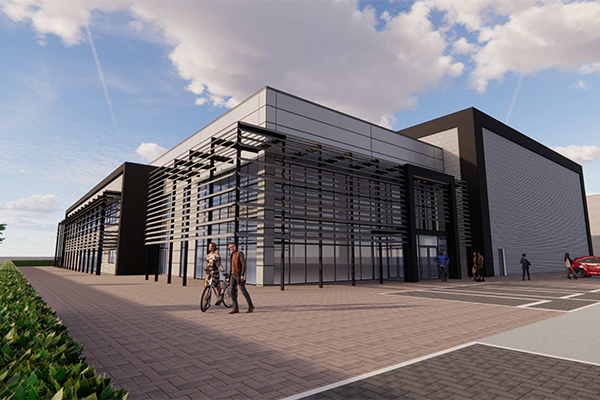Horn has expanded its DTM face-milling system to include inserts for the mirror-finish machining of non-ferrous metals and plastics. DTS inserts, which are tipped with monocrystalline diamond (MCD), are said to generate virtually perfect surface finishes with flatness of less than 1 µm.

The new DTS inserts are tailored to the DTM face-milling system and achieve high levels of efficiency and cost-effectiveness in conjunction with pre-machining inserts. Either polycrystalline diamond (PCD) or chemical vapour deposition diamond (CVD-D) is used for pre-machining, depending on the material being processed. All tools for mirror-finish machining are generally designed with single cutting edges, while the remaining insert seats contain roughing or balancing inserts.
The MCD-tipped cutting edge is set to an axial projection of 0.02 mm. Due to the structural design, the PCD-tipped inserts always pre-cut radially. As a result, it is virtually impossible for the MCD insert to be overloaded or damaged. The insert seats of the DTM milling body can be adjusted in the axial direction via an adjusting screw. Every 10° of rotation moves the insert seat by 0.01 mm, which means that the axial run-out of the individual cutting edges can be adjusted with micrometre precision.
An internal coolant supply ensures targeted cooling of the contact zone and efficient chip removal, while the low mass of the aluminium body protects the spindle and reduces energy consumption compared with steel bodies. Horn offers a fine-balancing option for the body to achieve high cutting speeds of up to 5000 m/min and ensure quiet running.
For further information www.phorn.co.uk







